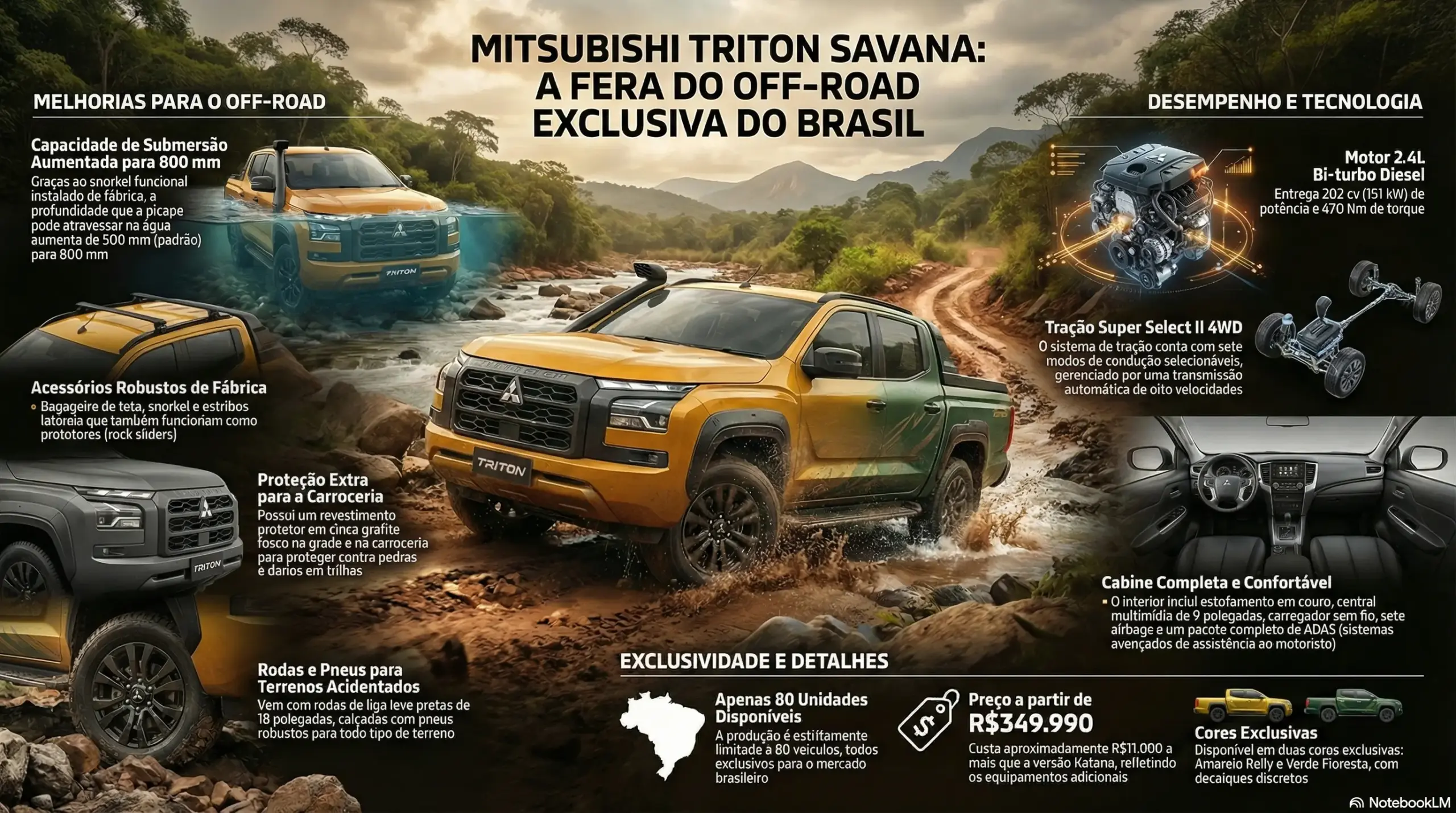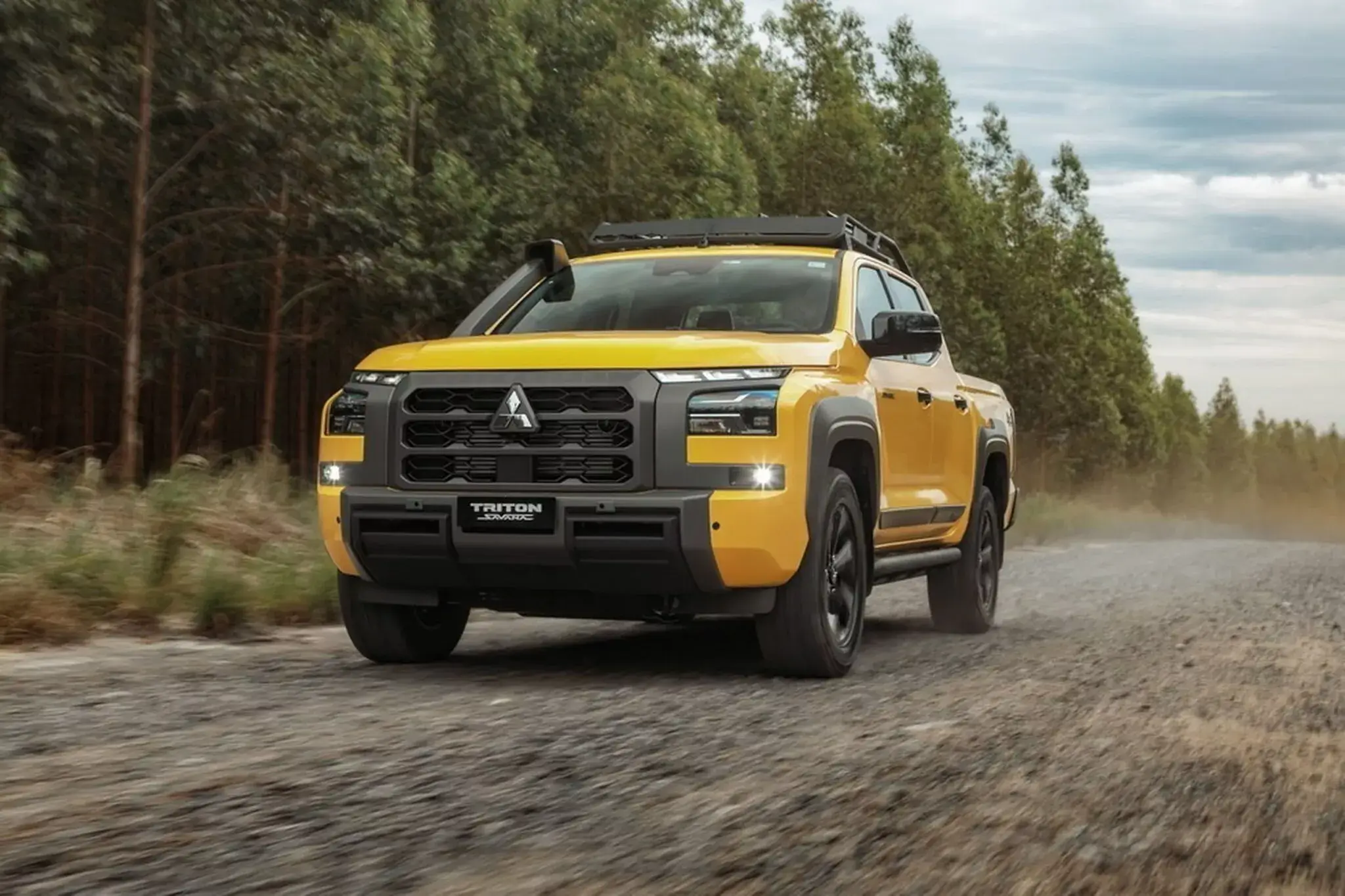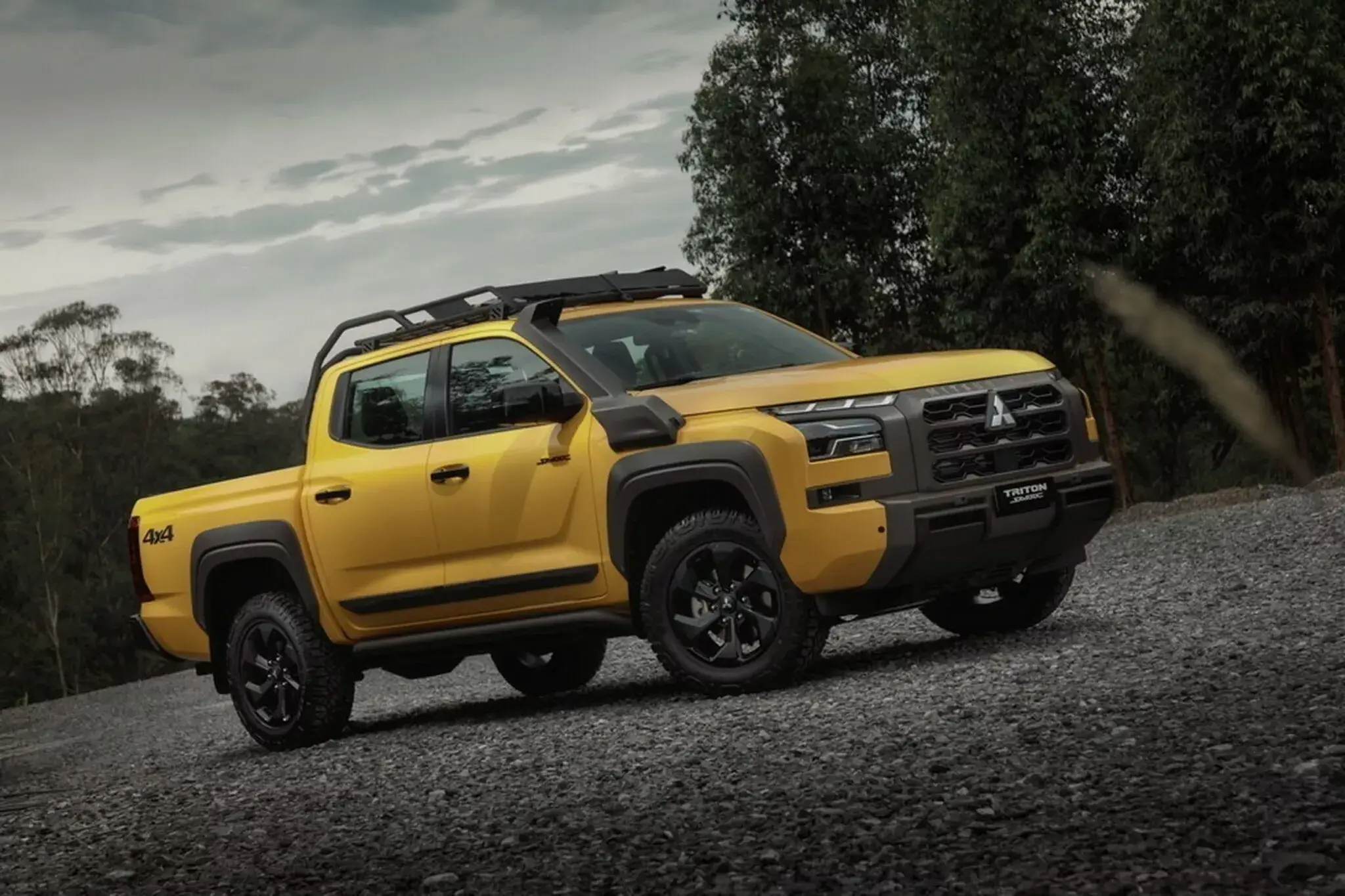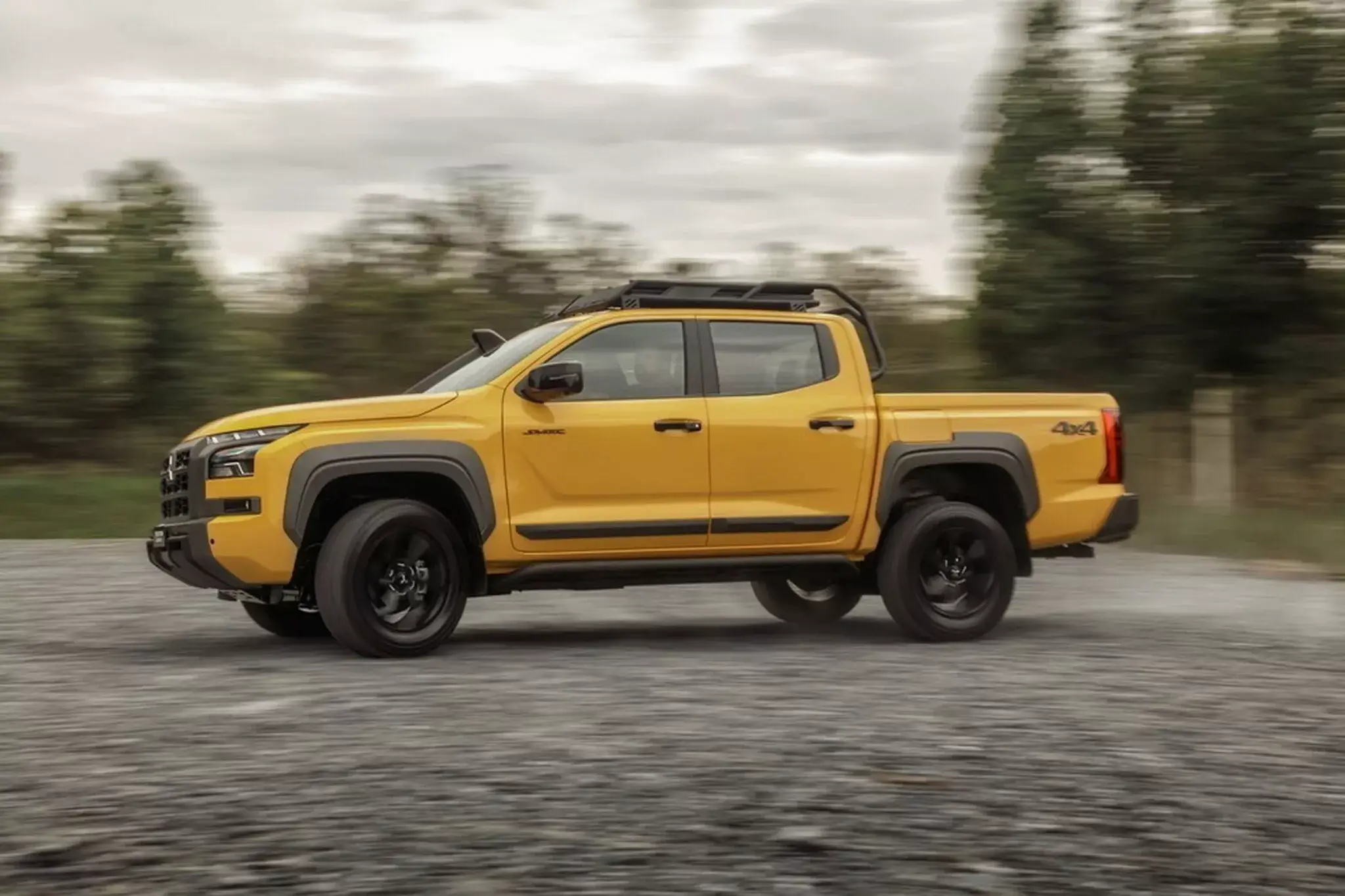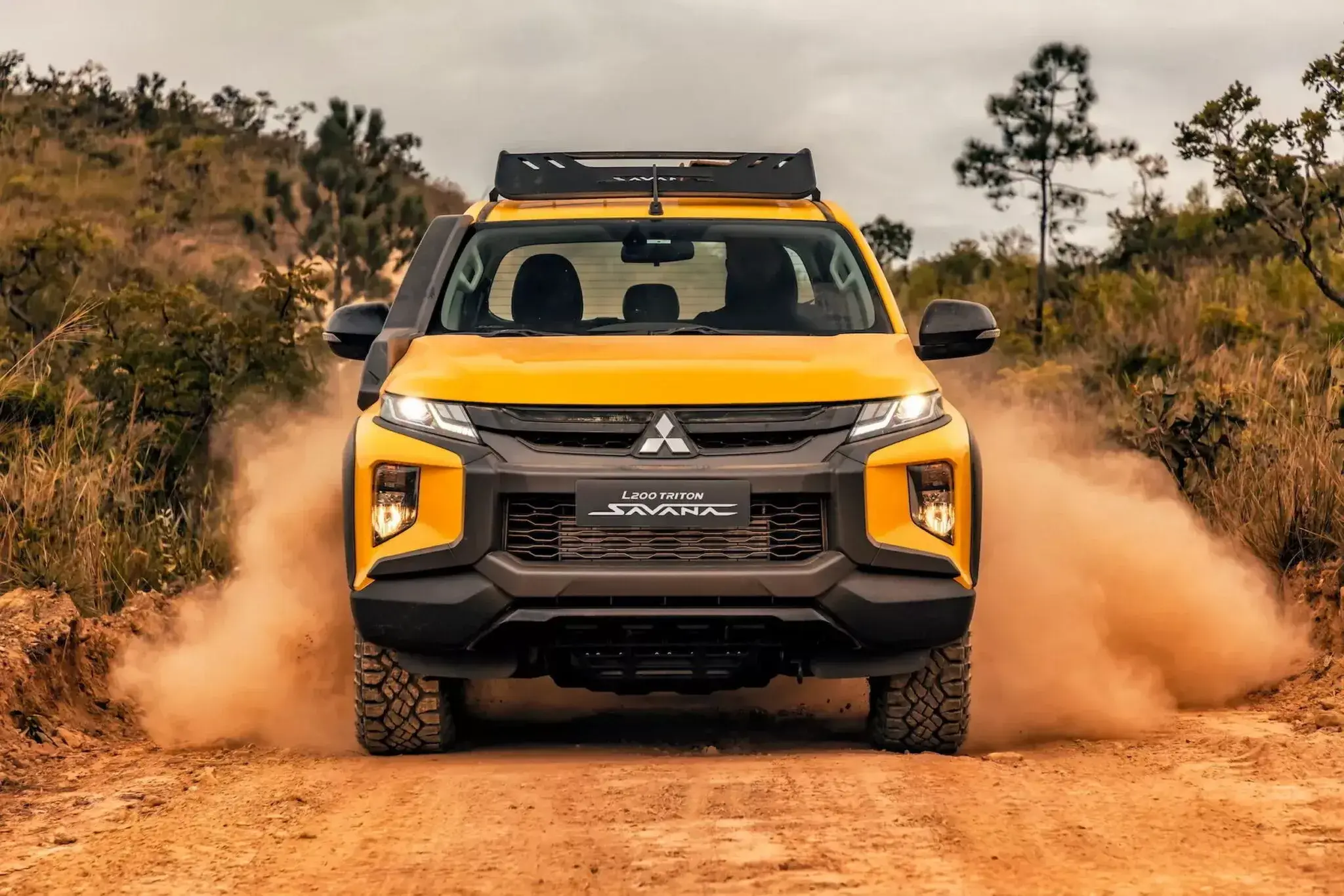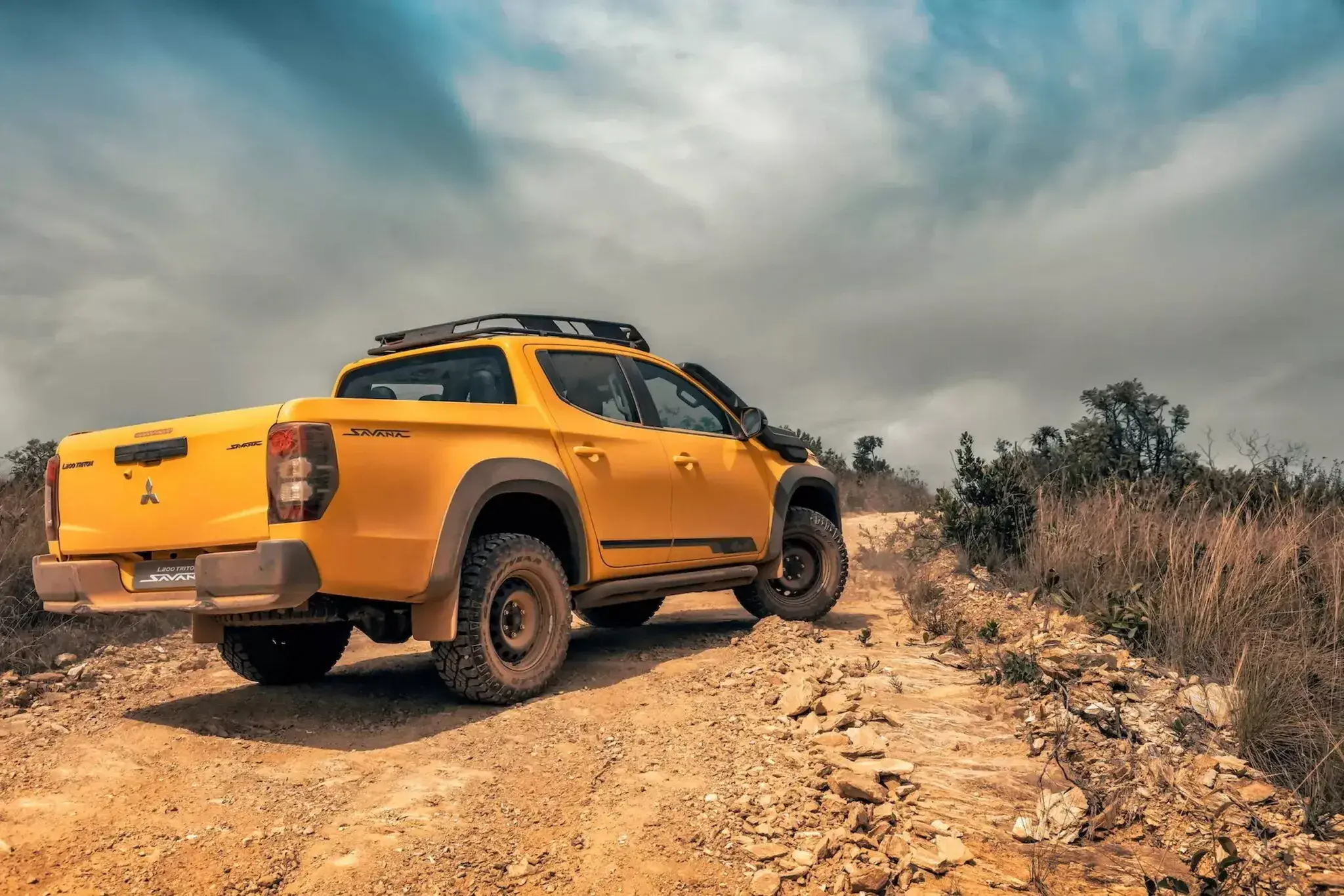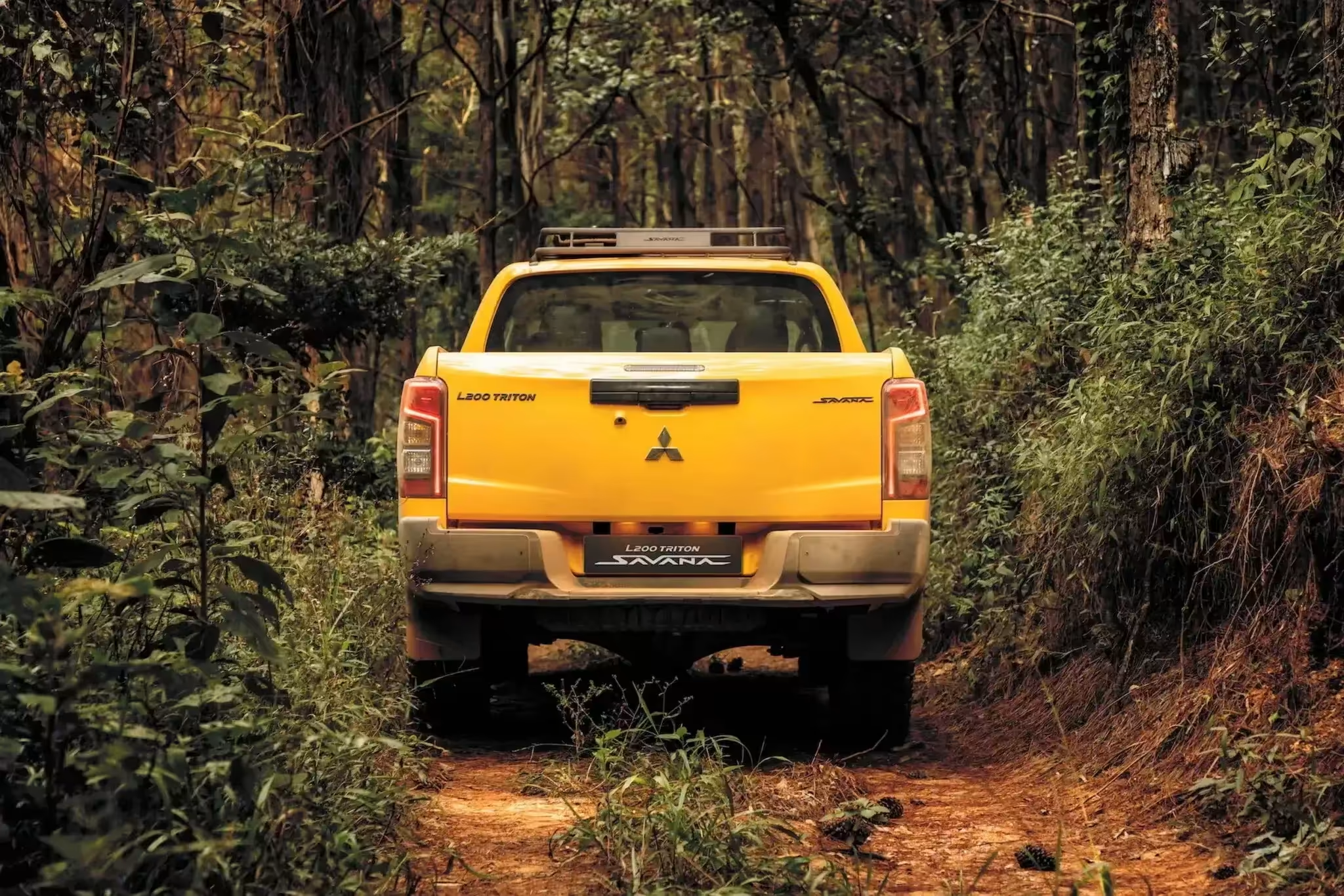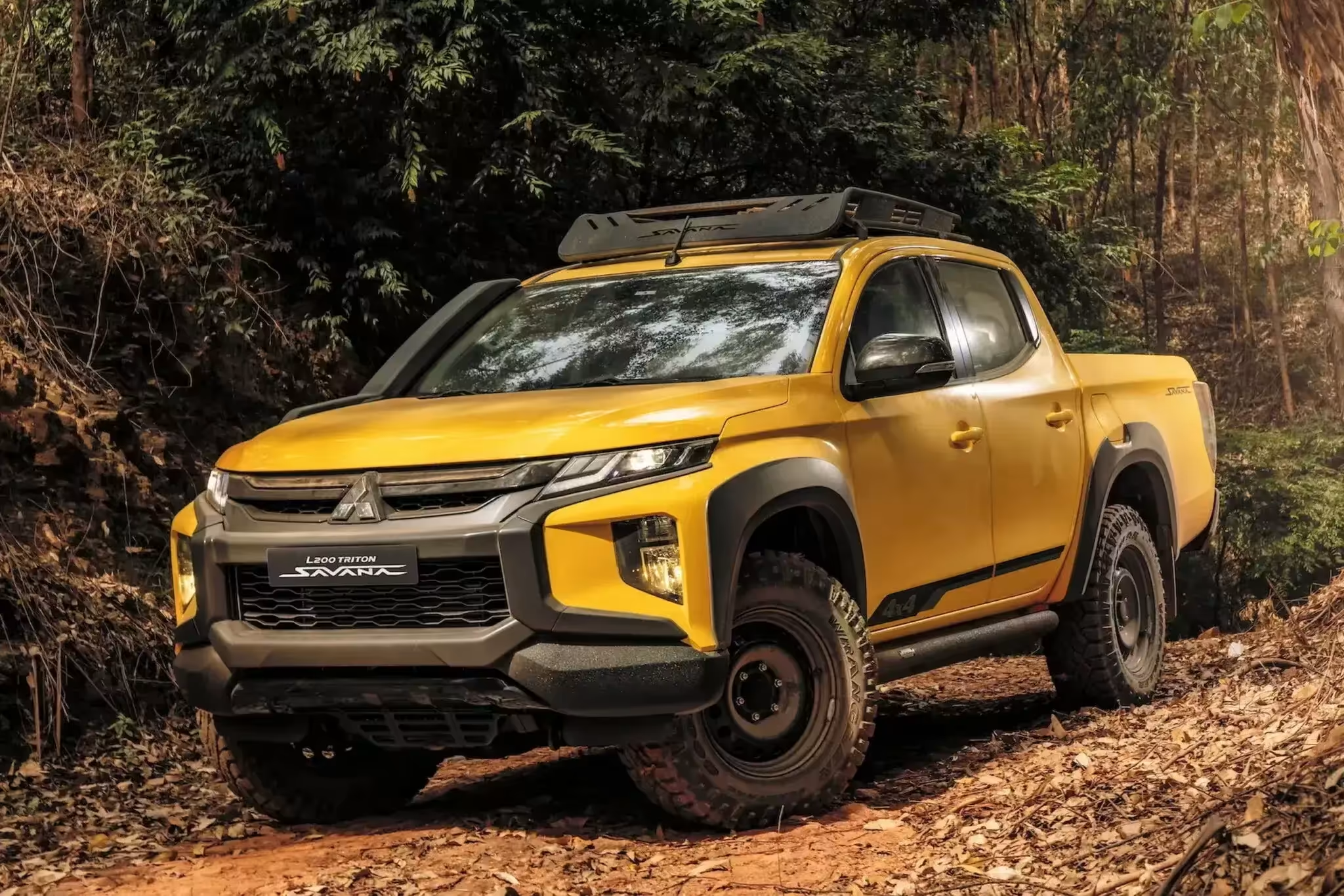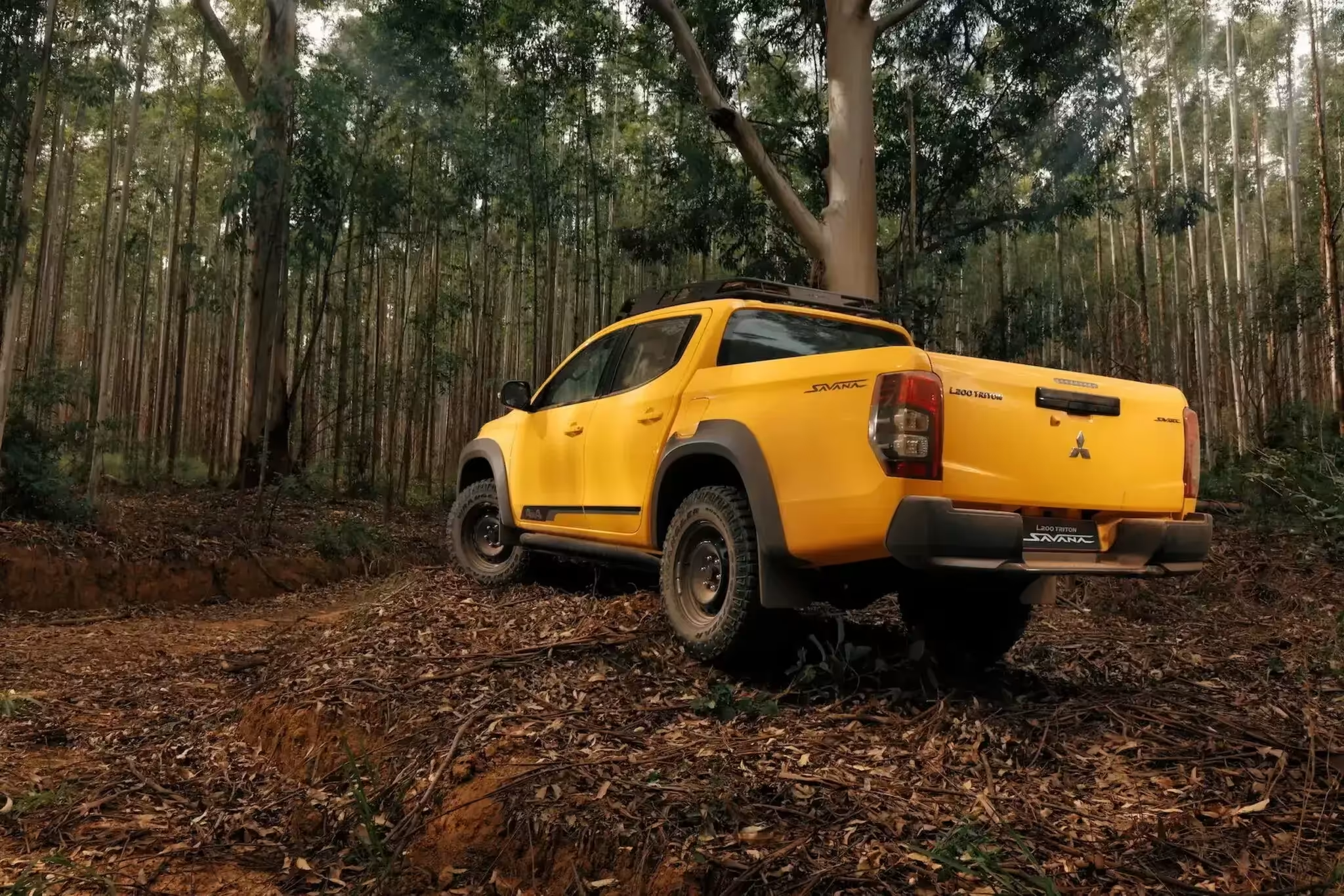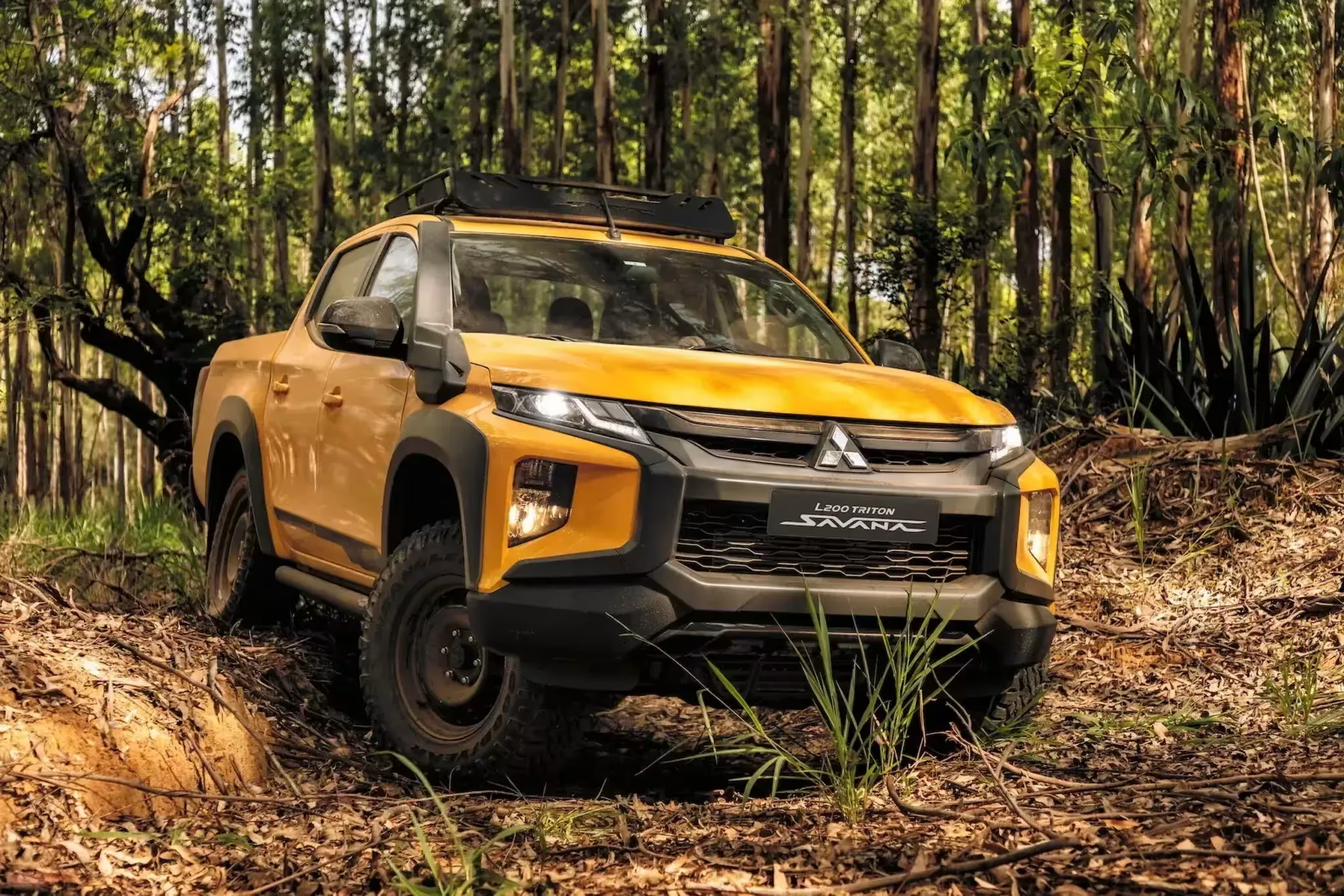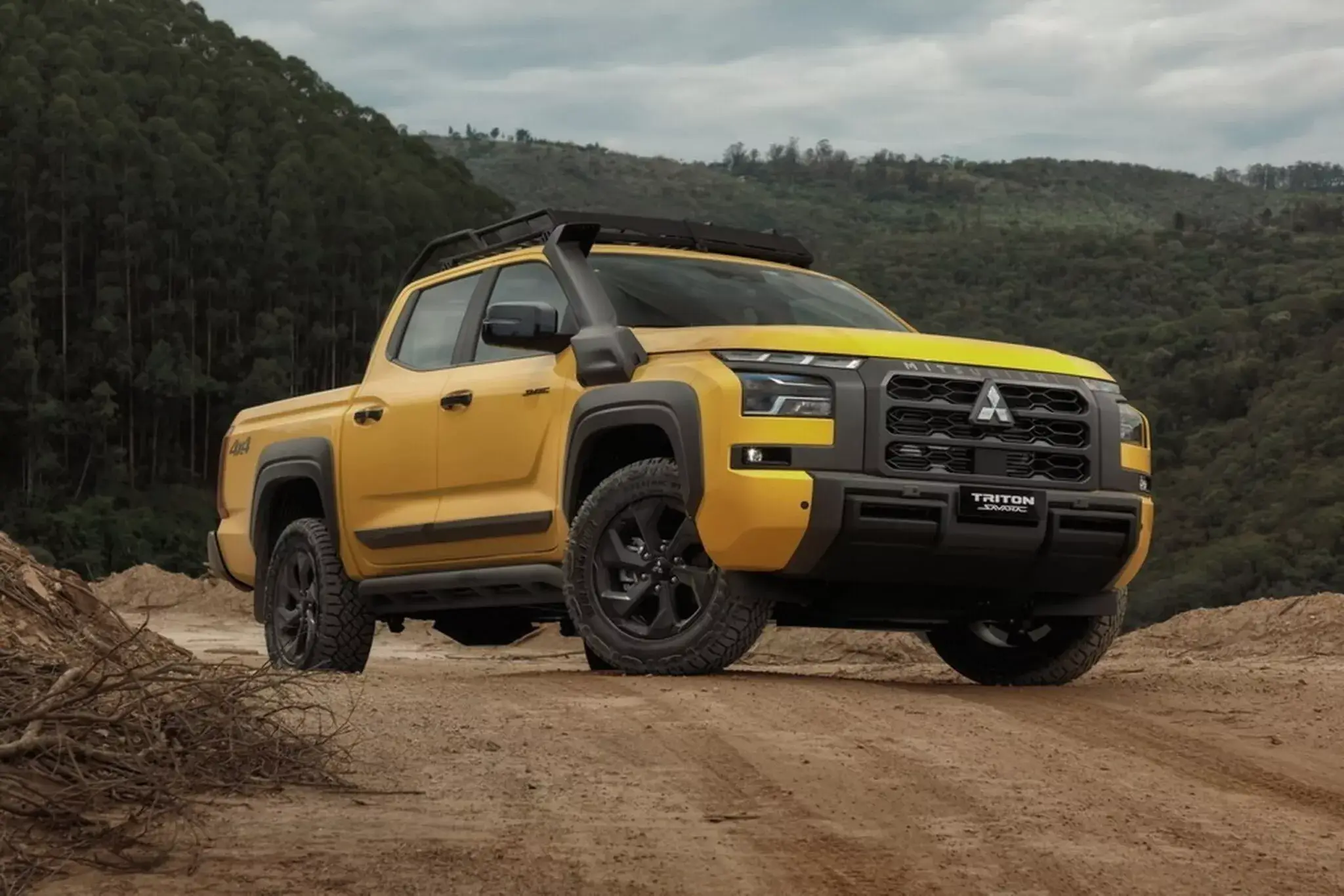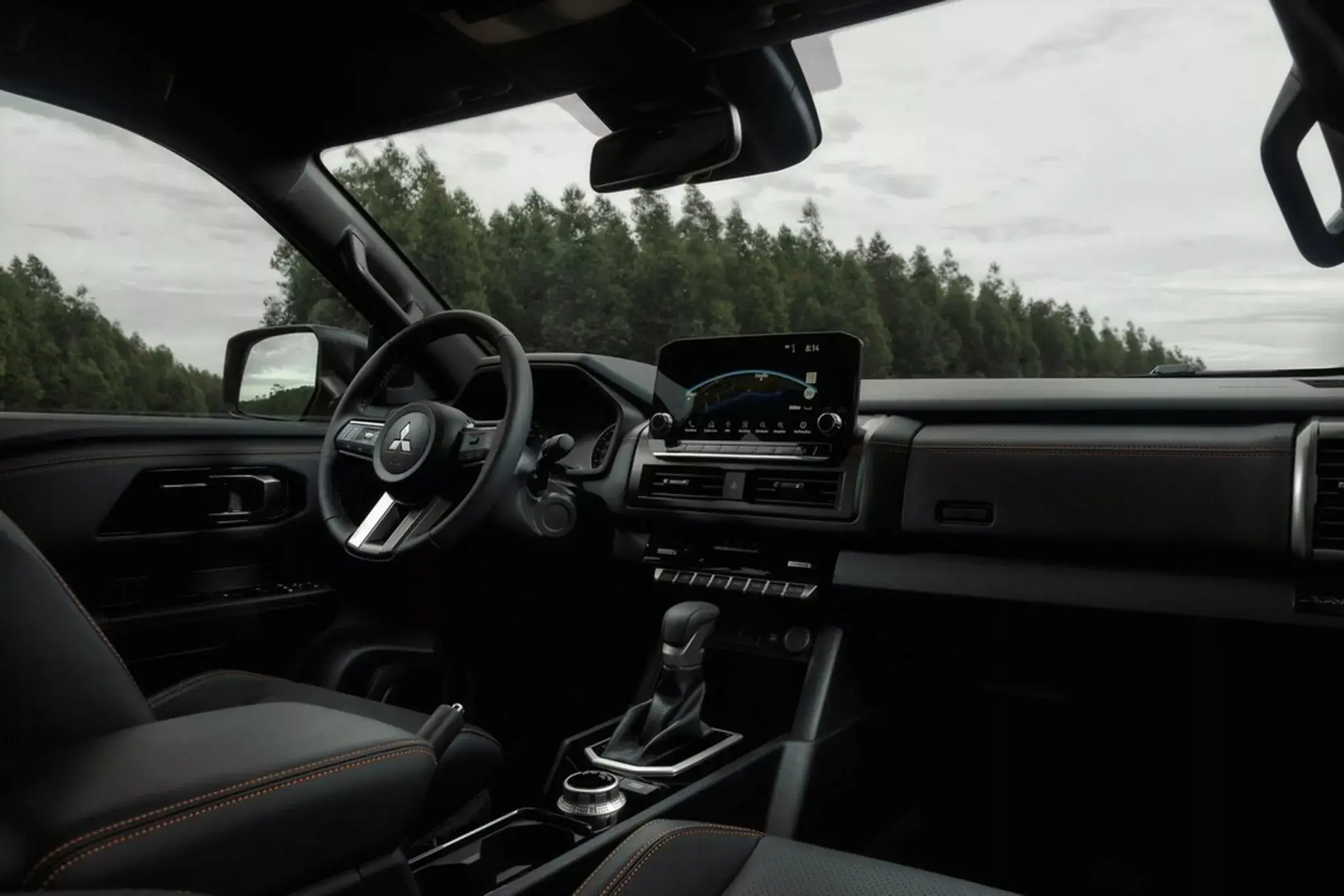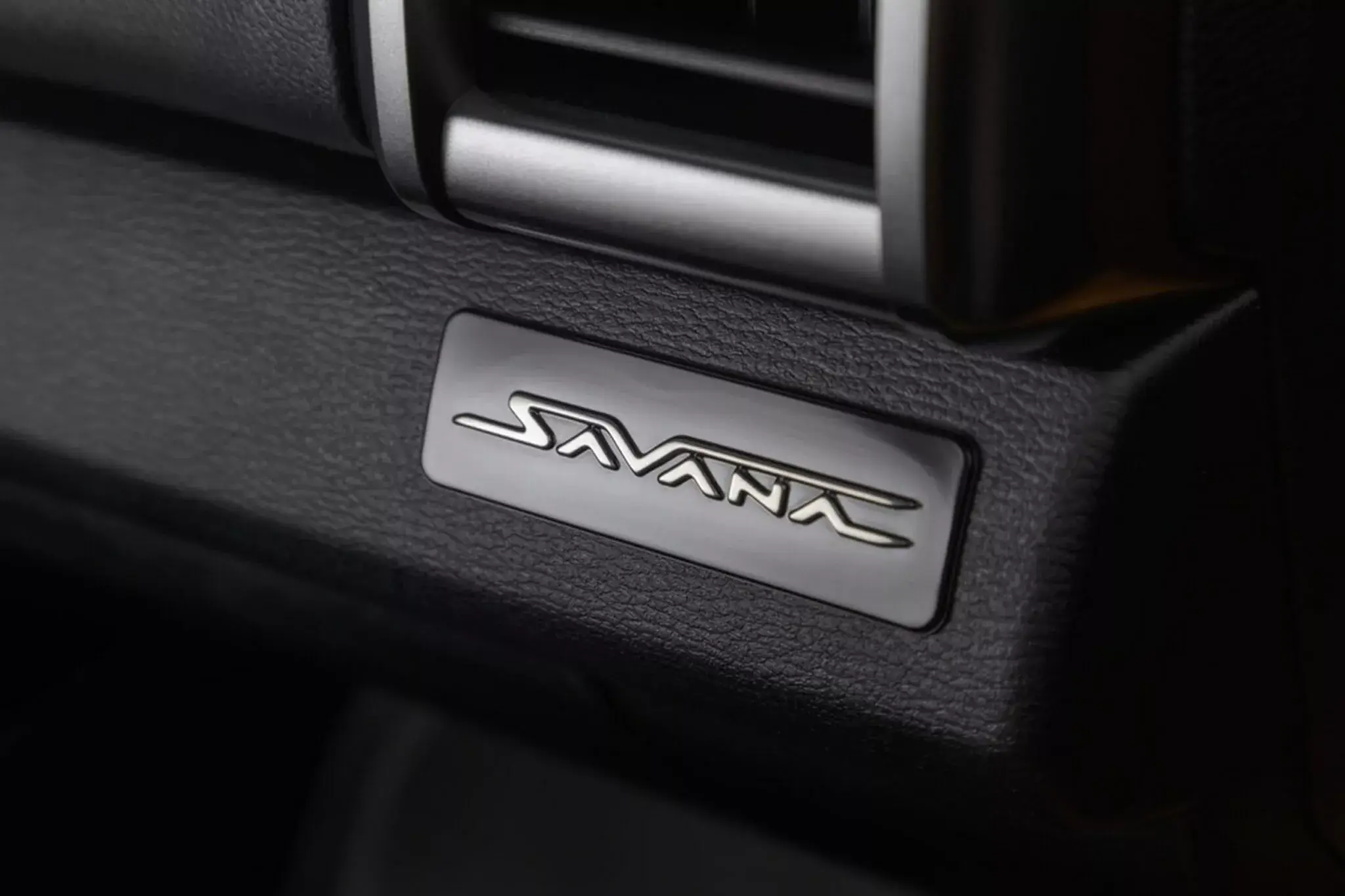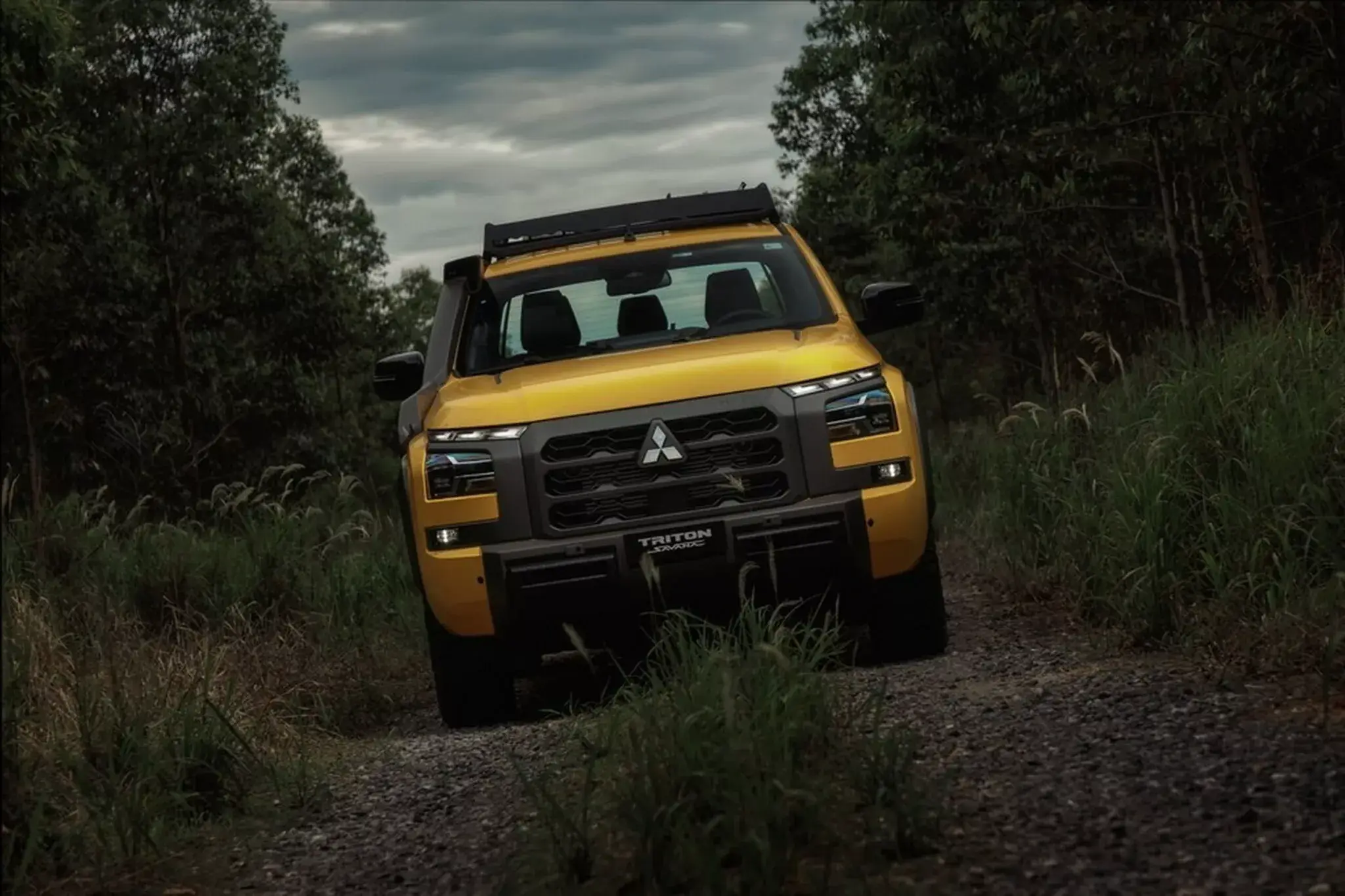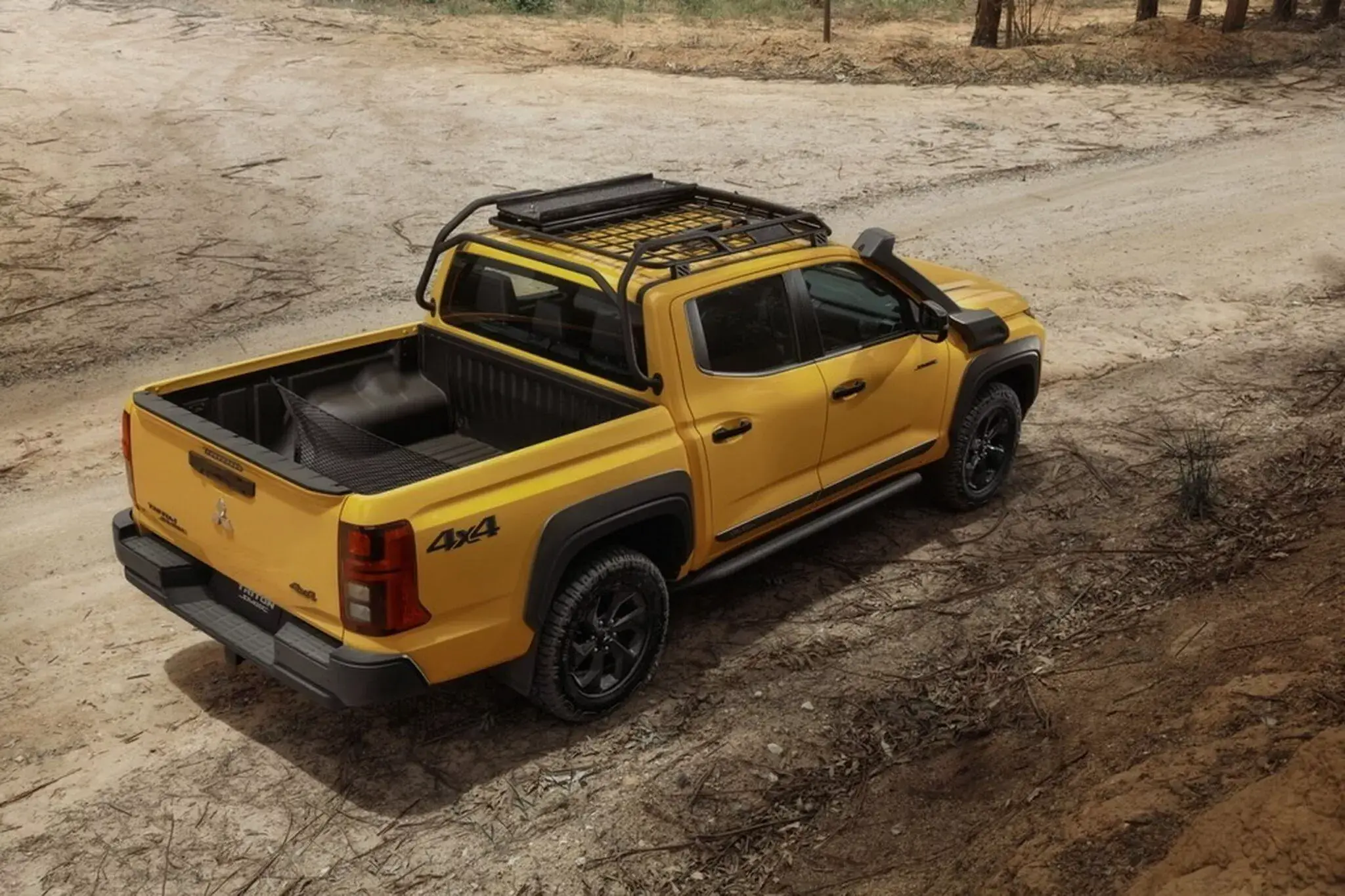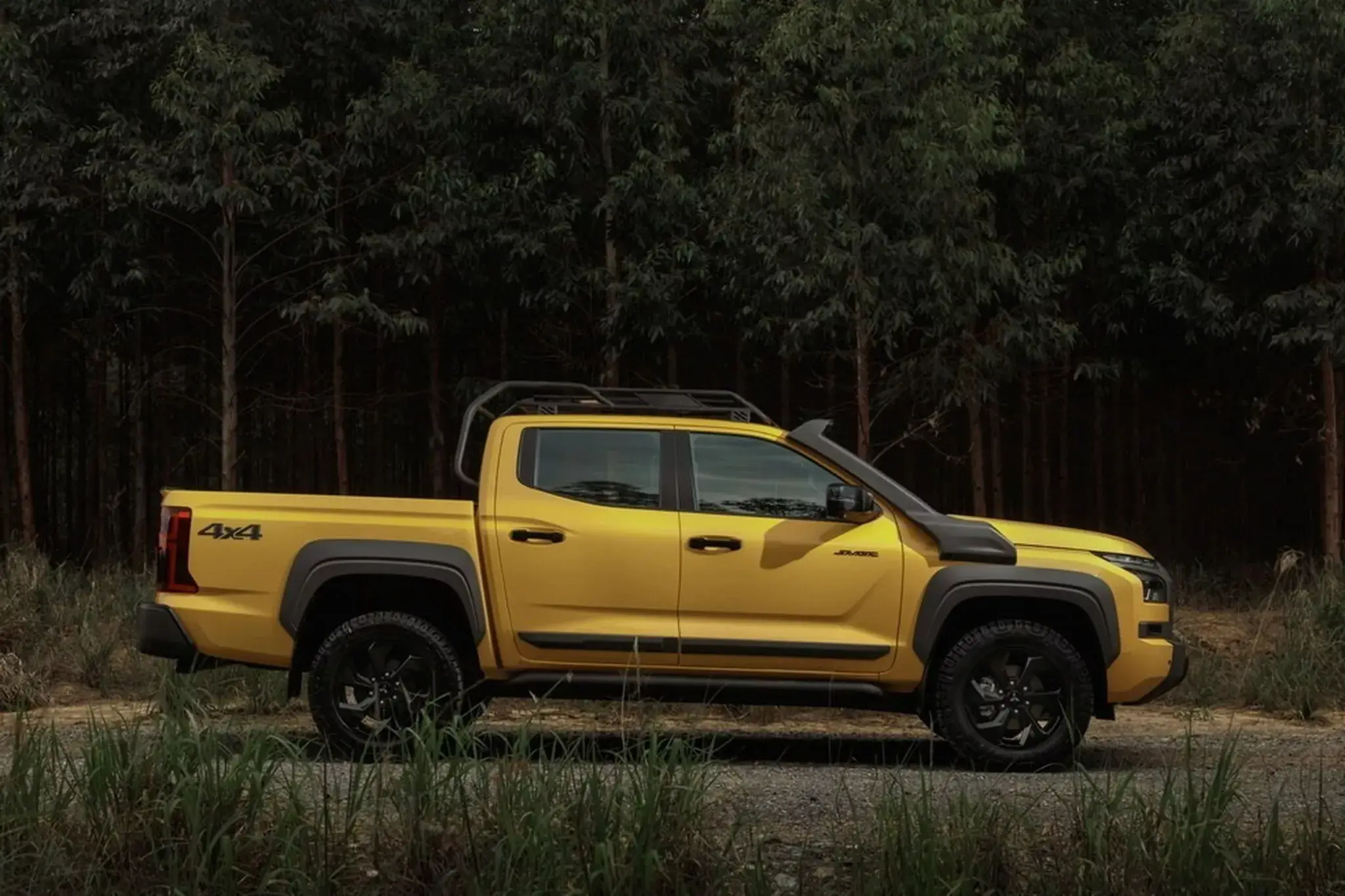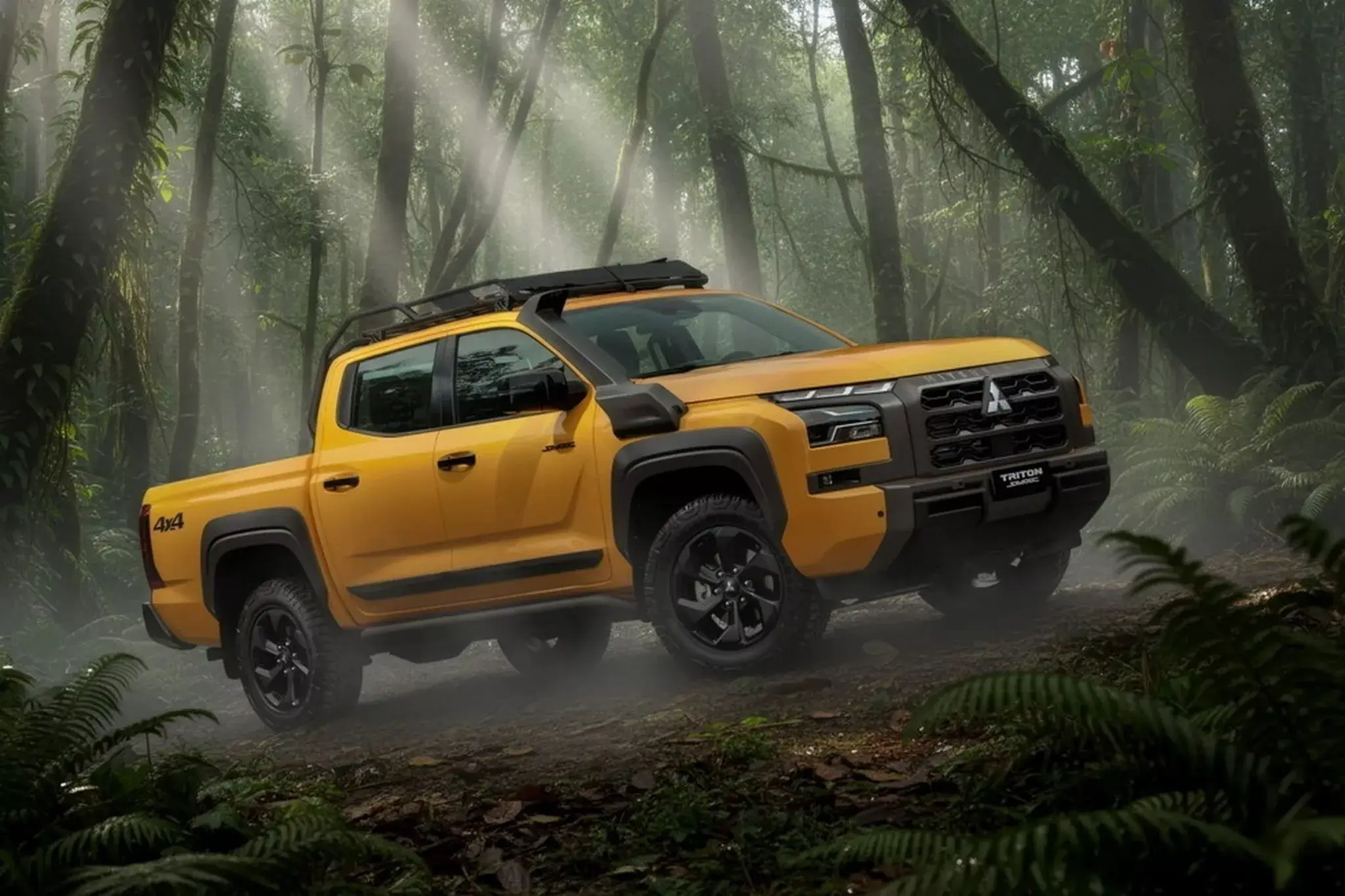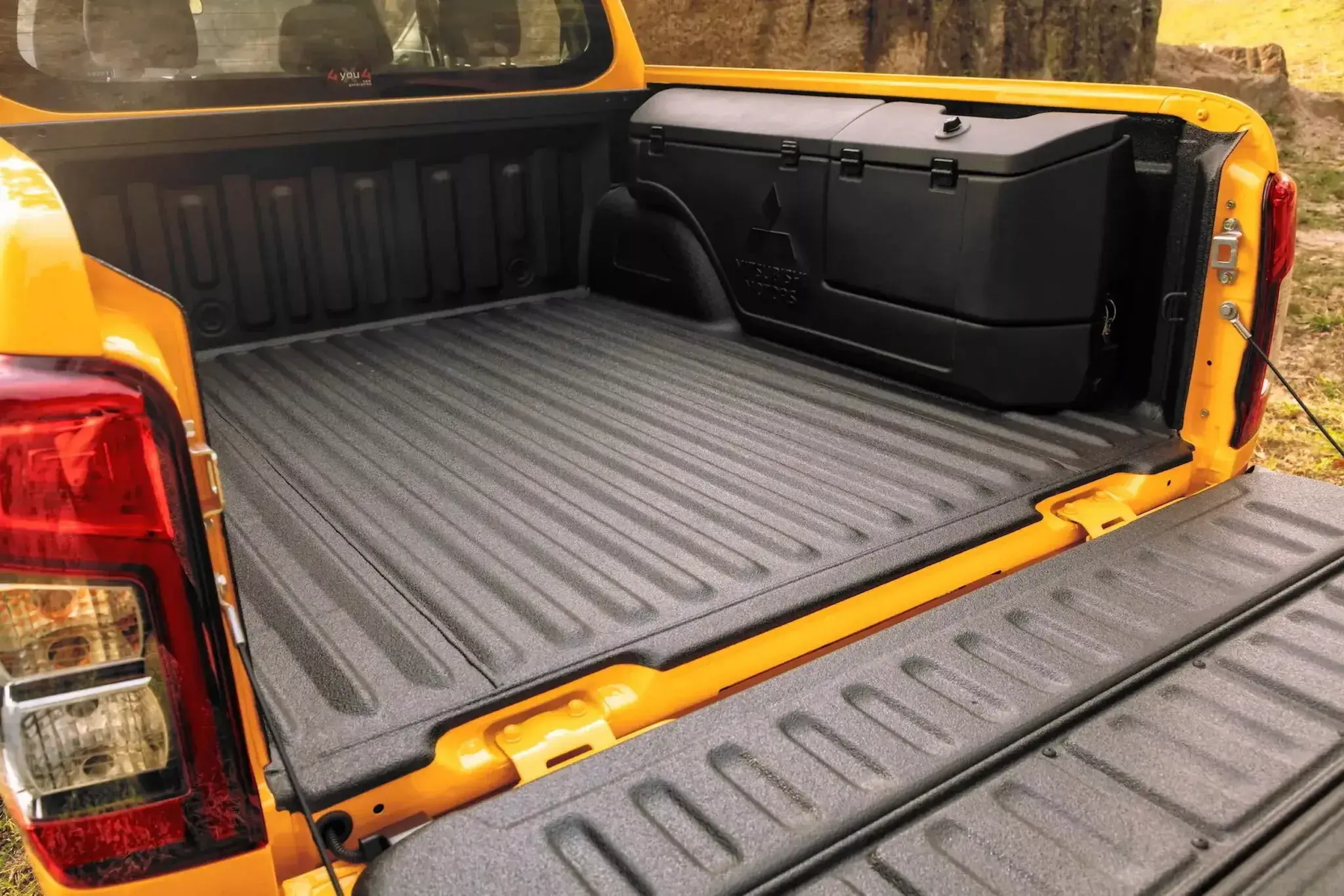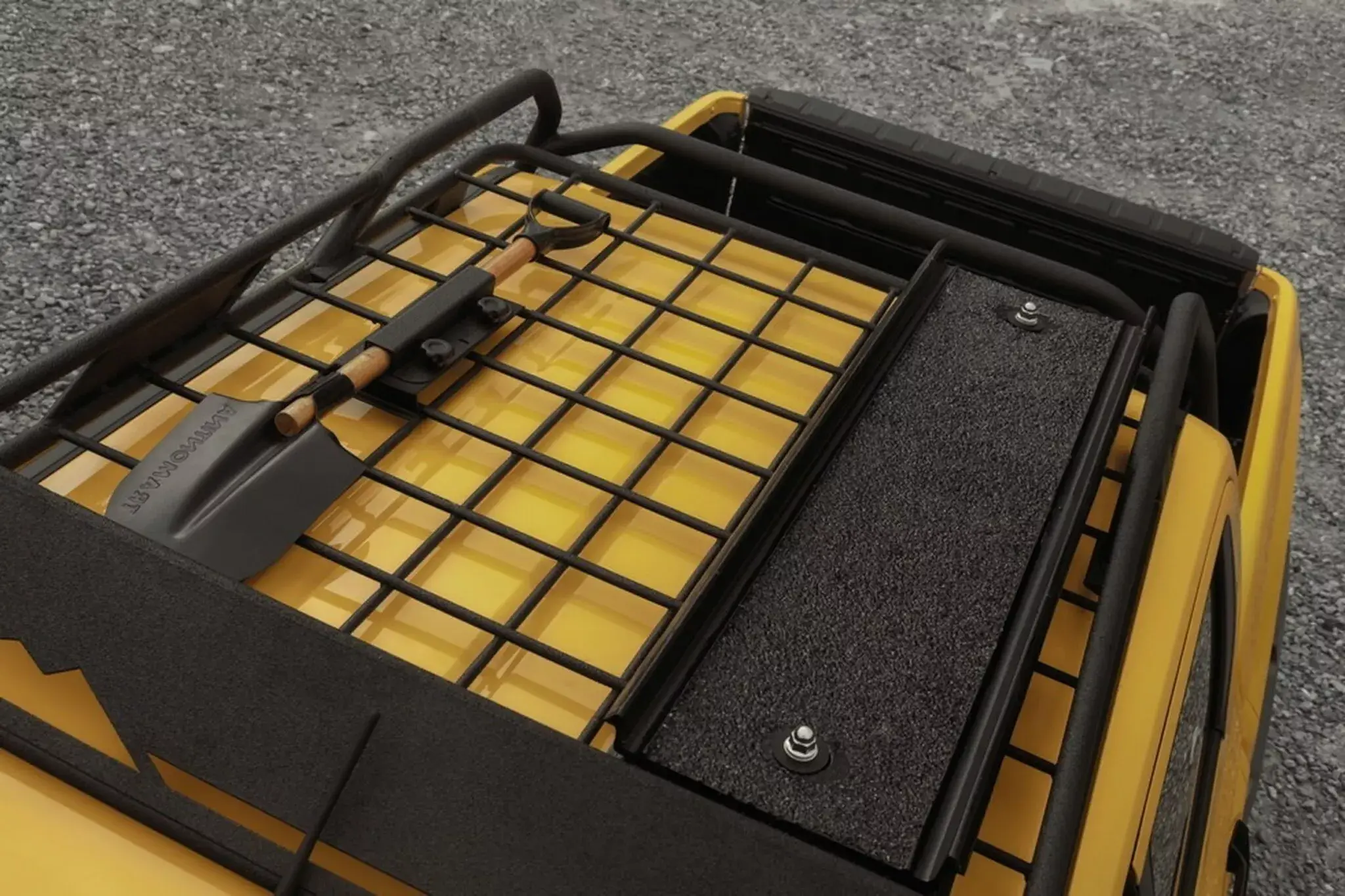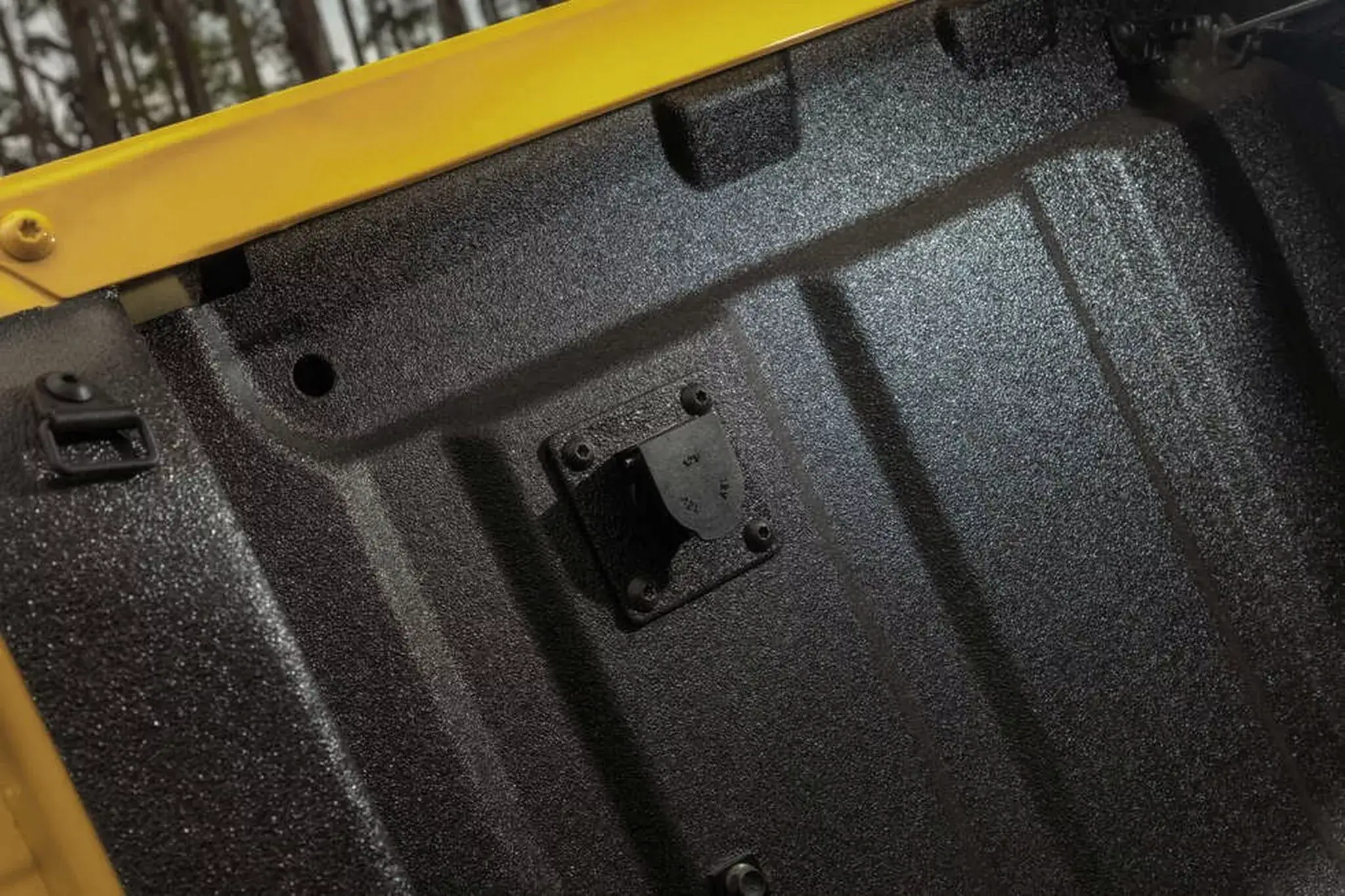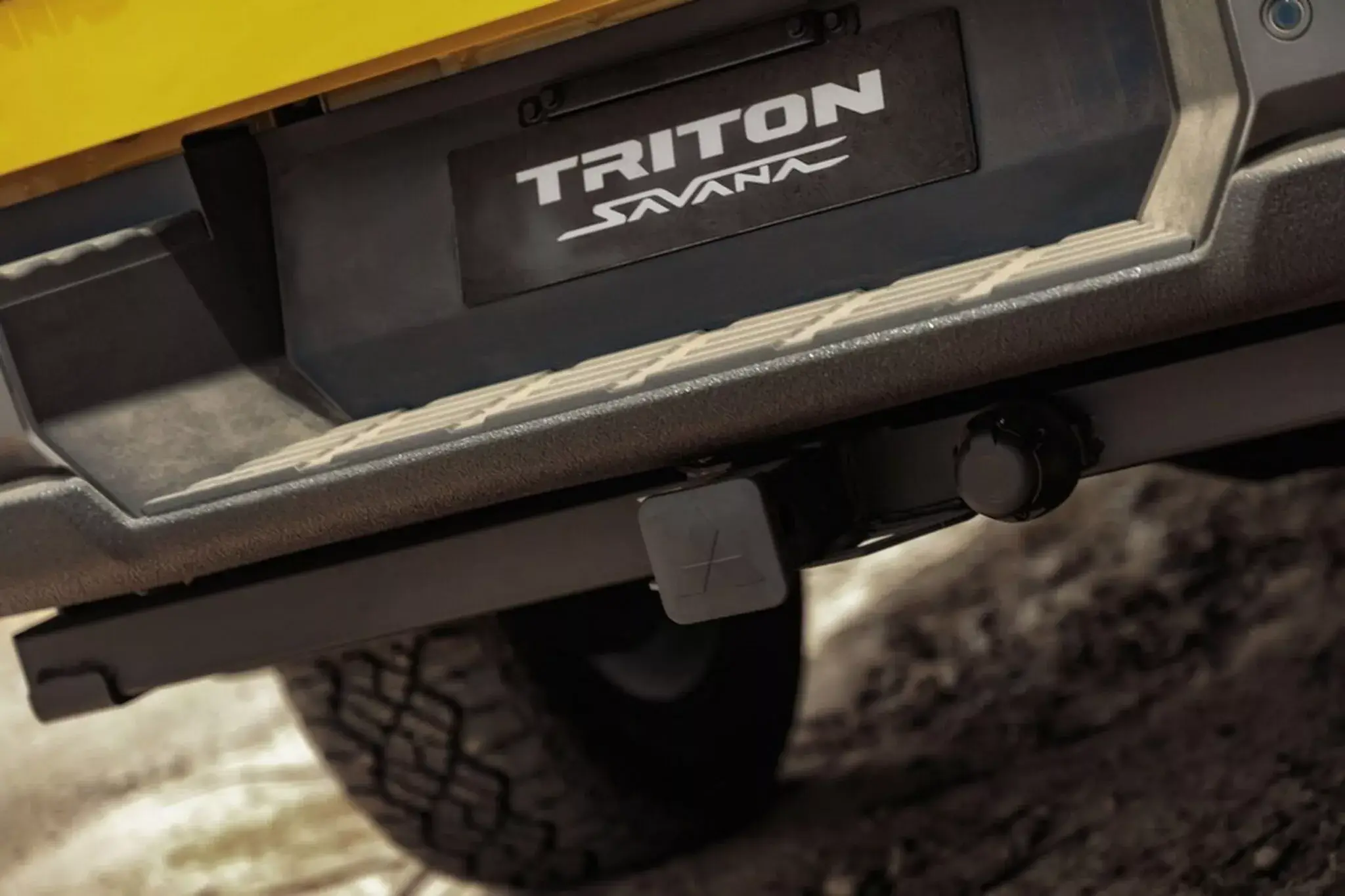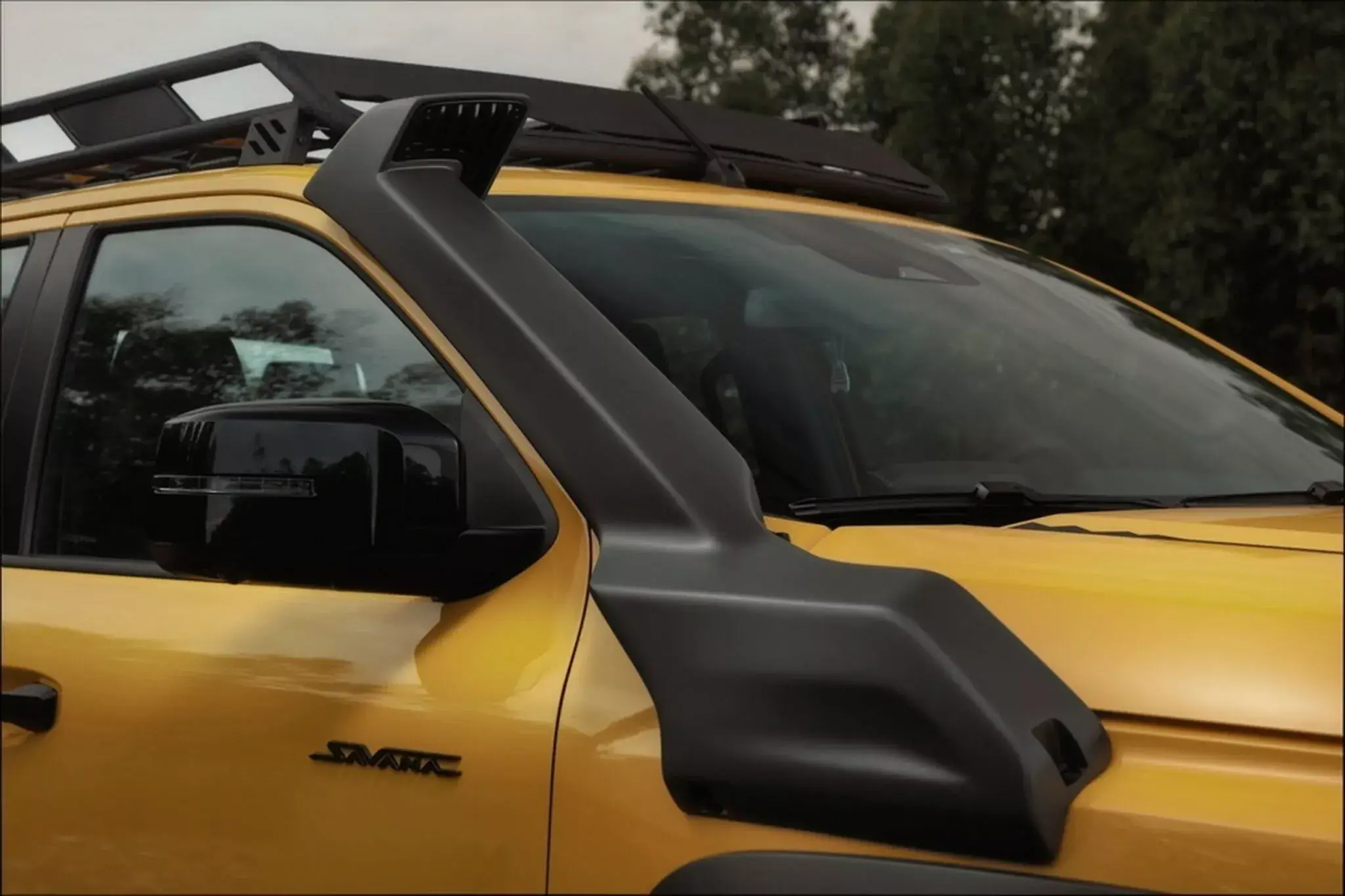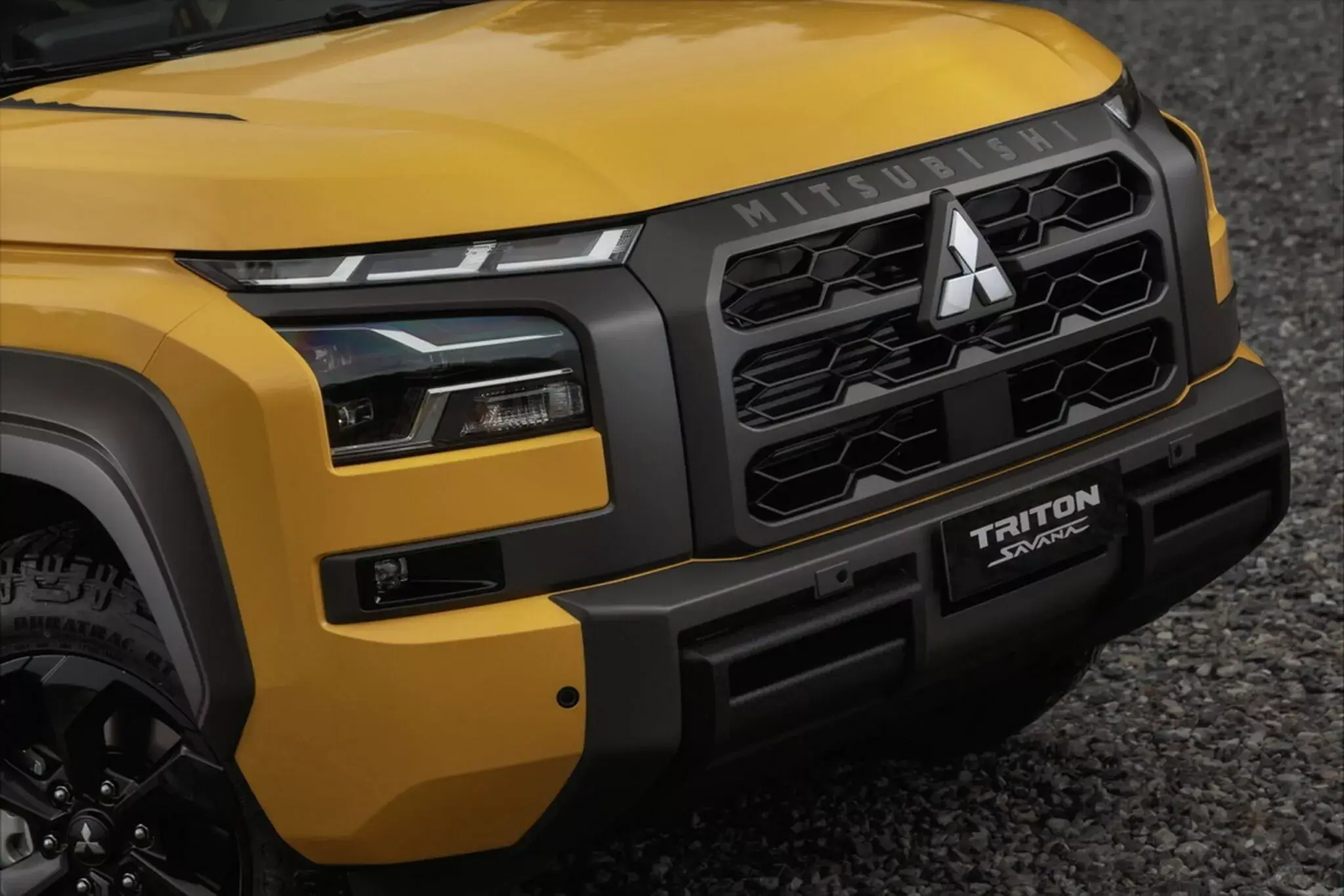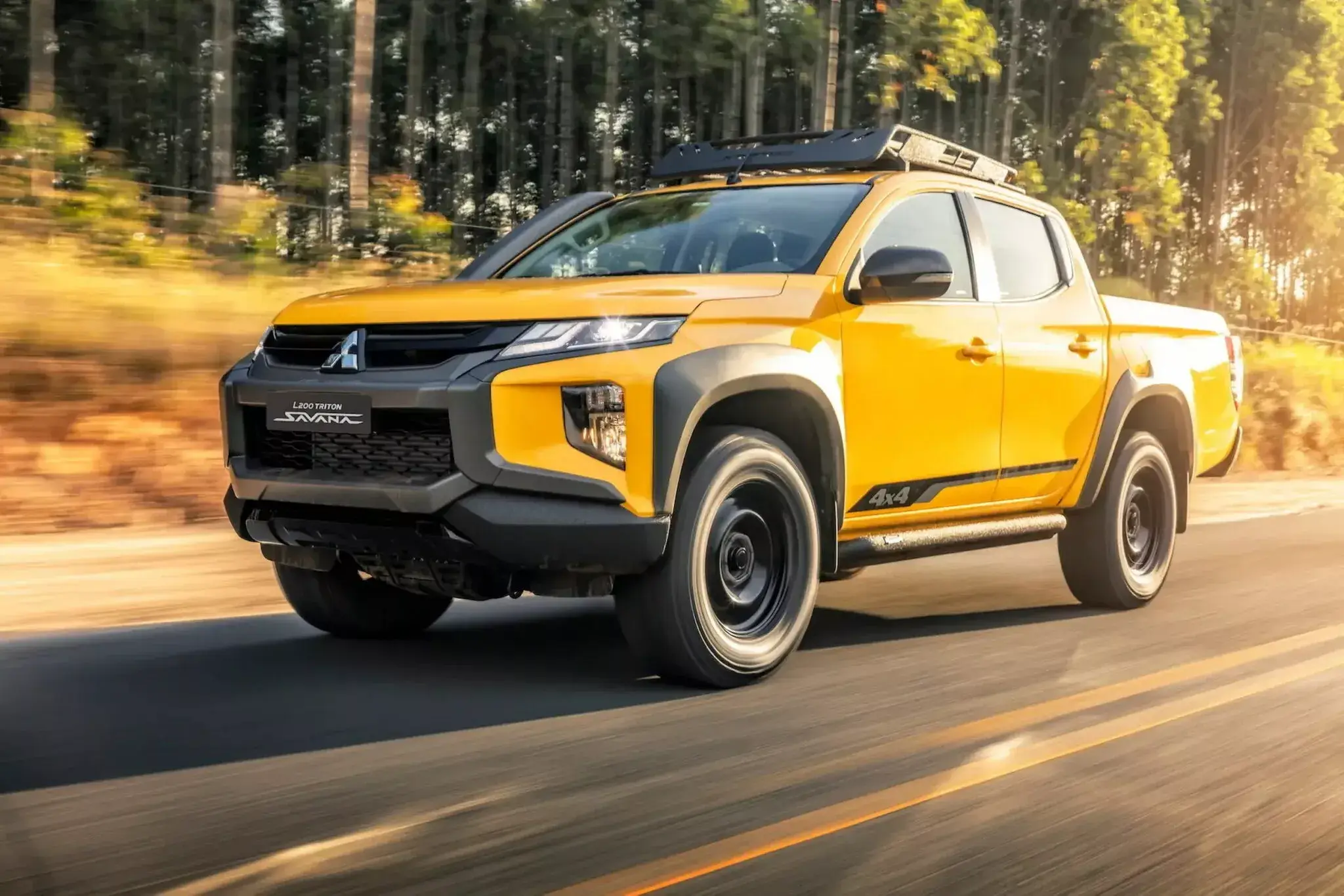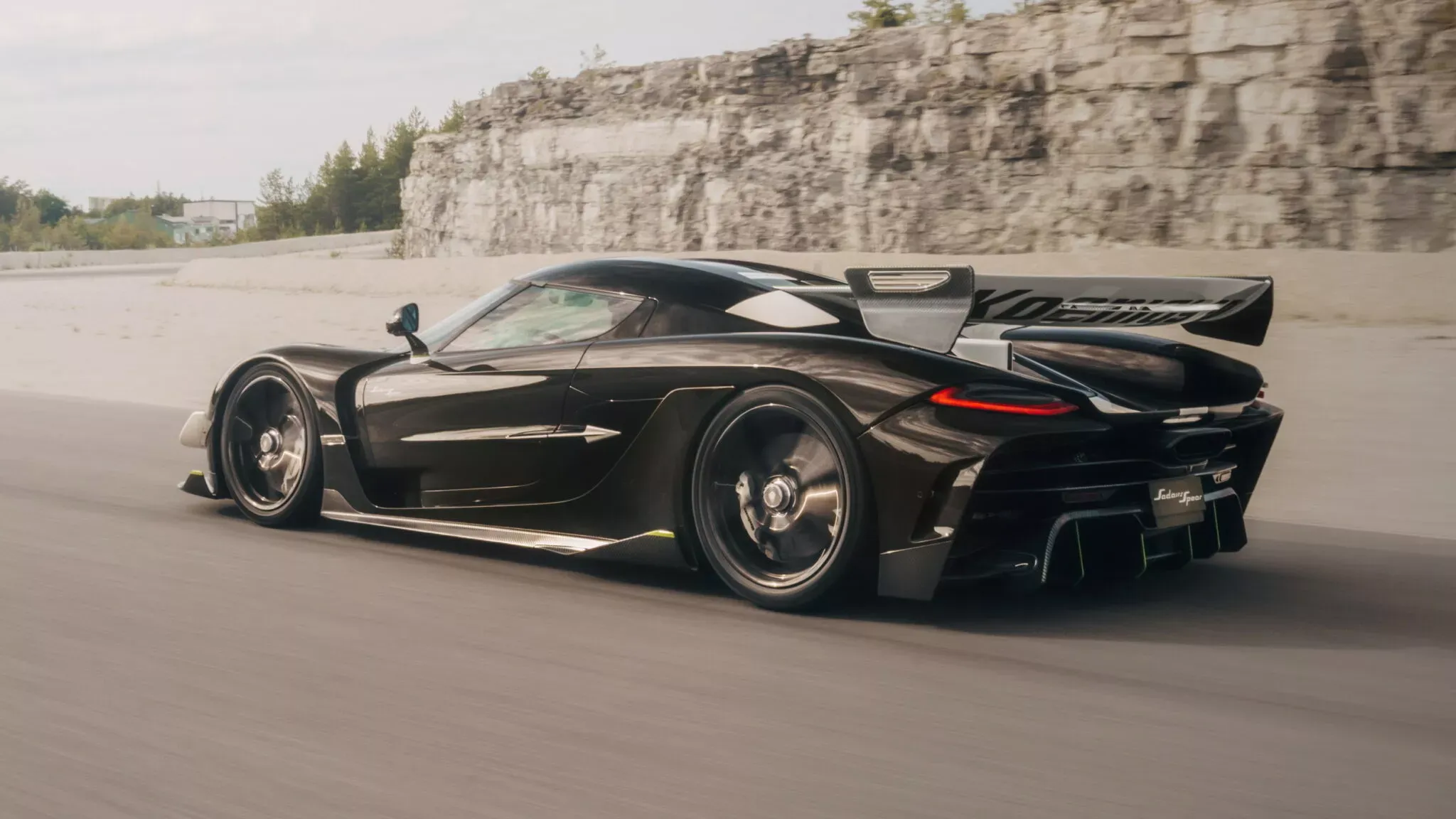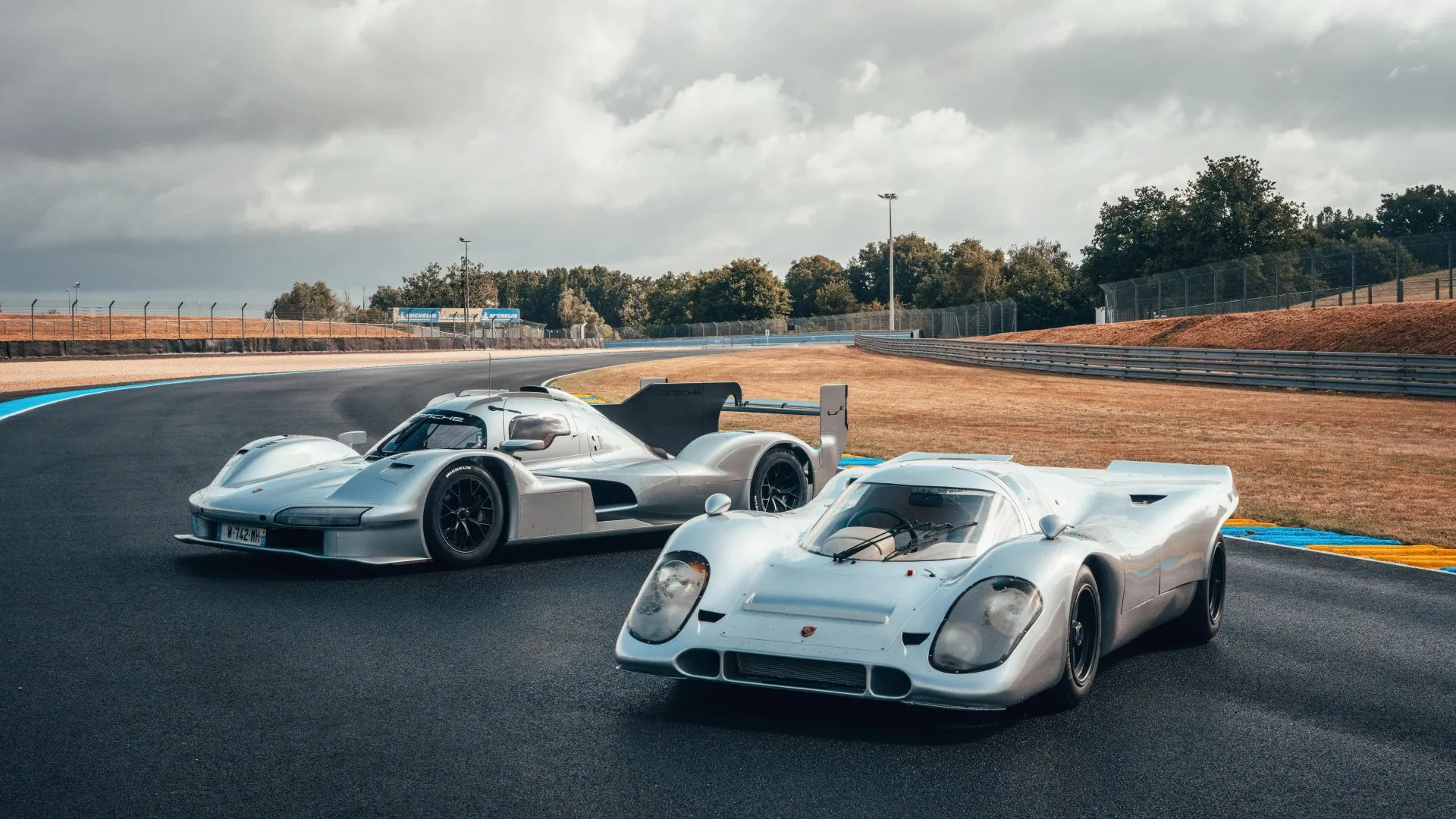Meet the MITSUBISHI TRITON SAVANA, an exclusive edition limited to 80 units, featuring a factory snorkel and extreme off-road capability for Brazil.

Imagine owning a vehicle so exclusive that the chance of encountering another one on the road is statistically lower than winning certain lotteries. Now, imagine this exclusivity doesn’t come in the form of a delicate supercar that lives in climate-controlled garages, but rather a two-ton monster designed to dive into rivers and scale mountains. Mitsubishi has just launched the Triton Savana in the Brazilian market, a special edition based on the top-of-the-line Katana trim, but equipped with factory-ready “armor” for the wilderness. With only 80 units produced, it’s not just transportation; it’s a numbered passport to the elite of national off-roading.
The Savana DNA: Where Aesthetics Meets Survival
Unlike many “adventure versions” that flood the market with mere plastic decals and fragile trim, the Savana nomenclature in the Mitsubishi line carries a historical weight of real functionality. This pickup was specifically developed for Brazilian terrain, globally recognized for its severity and unpredictability.
The key technical differentiator for this edition is undoubtedly the functional snorkel. To the casual observer, it might just look like a plastic tube beside the windshield, but for the adventurer, it’s the difference between making it home or losing the engine. This equipment raises the engine’s air intake, allowing the Triton Savana to traverse flooded areas up to 800 millimeters deep. This represents a 60% increase in wading depth compared to the 500 mm of the conventional version. It’s engineering designed for those who truly push their vehicle into the mud, similar to the robust approach seen when the new NISSAN FRONTIER PRO-4X R 2026 arrives with Roush suspension, focusing on raw performance away from the pavement.

In addition to enhanced amphibious capability, Mitsubishi equipped the Savana with a vital protection package:
- Rock Sliders (Steel Steps): Much more than steps, these steel bars protect the rocker panels and the lower sides of the truck from violent impacts by rocks and logs on tight trails.
- Reinforced Roof Rack: Ideal for mounting expedition tents or heavy equipment boxes, increasing cargo versatility often limited by the truck bed.
- Anti-Scratch Finish: The grille and parts of the body received a matte graphite gray coating with a rough texture, designed to withstand branches whipping against the paint without damaging the main finish.
The available colors—Rally Yellow and Forest Green—are not just aesthetic choices; they are tributes to classic expeditions and ensure the vehicle is visible in harsh environments or camouflaged in nature, depending on the owner’s choice.
Brute Force and Technology: The Heart of the Beast
Under the hood, the Triton Savana maintains the mechanical reliability that established the line. We are talking about the 2.4L bi-turbo diesel engine, a powerhouse capable of generating 202 horsepower and, more importantly, 470 Nm of torque. Anyone who understands trucks knows that horsepower sells cars, but torque wins the mud game. This low-end power is essential for extracting the vehicle from deep mud or climbing steep slopes fully loaded.
The 8-speed automatic transmission works in harmony with the renowned Super Select II 4WD system. This “electronic brain” allows the driver to switch between different traction modes, including low range and center differential lock, instantly adapting the pickup for sand, mud, rocks, or wet pavement. It’s interesting to note how the pickup market is diversifying; while Mitsubishi focuses on traditional diesel, competitors are exploring new avenues, as seen in the scenario where the Toyota Hilux 2026 revolutionizes with a Multi-Path strategy, offering even hydrogen-powered options. However, for expeditions in remote parts of South America, the reliability of diesel still reigns supreme.
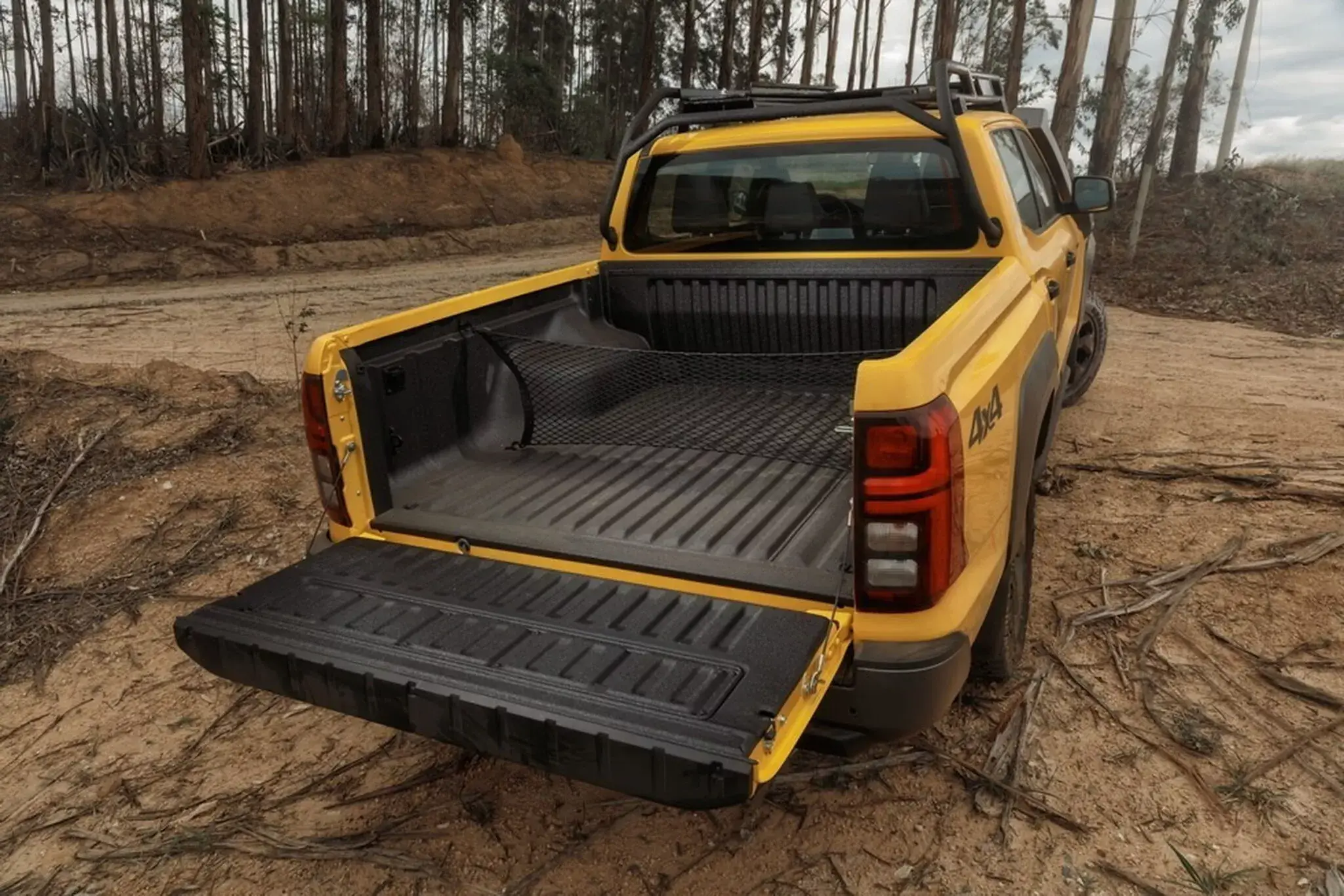
Visually, the pickup drops the previous generation’s steel wheels for 18-inch alloy wheels with a black finish, wrapped in Rugged-Terrain tires. These tires are an intelligent middle ground: they offer aggressive grip on dirt without turning on-road travel into a noisy nightmare.
“The Savana isn’t just about getting there; it’s about the certainty that you will be able to return, no matter what nature throws your way.”
Unexpected Luxury and the Price of Exclusivity
Historically, vehicles focused on “heavy duty” or extreme off-road use were spartan, uncomfortable, and noisy. The new Triton Savana breaks this paradigm by being based on the Katana trim. This means that when you open the door, you won’t find simple cloth seats and an AM/FM radio.
The interior offers a level of refinement that rivals luxury SUVs:
- Leather seats with contrasting red stitching;
- 9-inch infotainment center with full connectivity;
- 7-inch configurable digital instrument cluster;
- Dual-zone digital climate control;
- Inductive smartphone charger.
Safety has not been neglected either. With the ADAS package (Advanced Driver-Assistance Systems), the pickup monitors blind spots, cross-traffic, and offers autonomous emergency braking. Having this technology in a vehicle capable of fording rivers is a modern luxury. It’s the kind of versatility that makes enthusiasts question if the techy JEEP RECON 2026 can handle real-world toughness in the same way these factory-prepped diesel machines can.
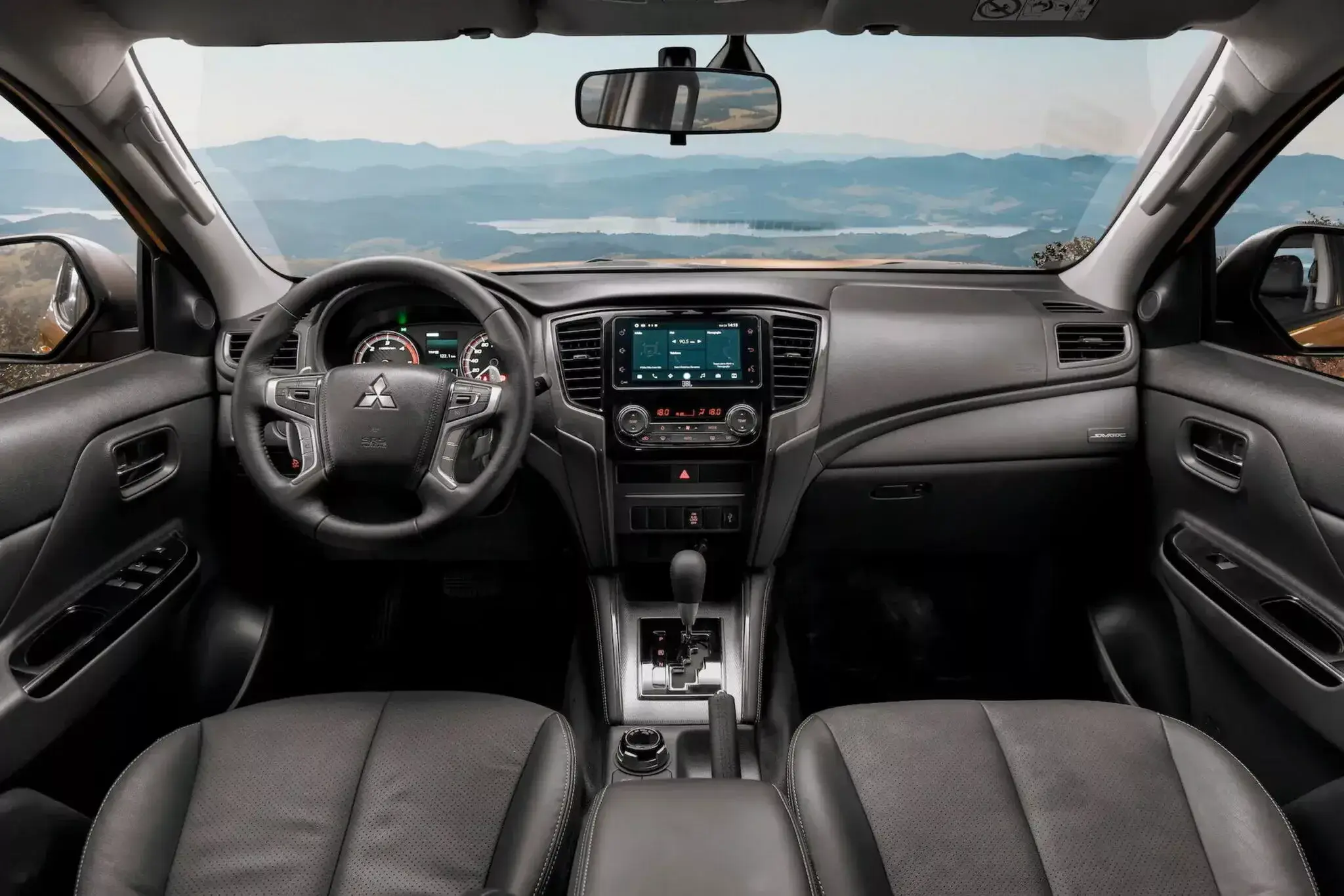
All this exclusivity comes at a price: R$ 349,990 (BRL). This represents a premium of approximately R$ 11,000 over the standard Katana version. Objectively analyzing the cost, the accessories installed (snorkel, rock sliders, roof rack, special tires, and finishes) if purchased separately and installed by third-party shops, would likely exceed this difference, not accounting for the factory warranty and correct documentation homologation, thus avoiding headaches with traffic legislation.
The Triton Savana positions itself as a functional collector’s item. With only 80 units, it instantly becomes a modern classic. For the enthusiast seeking a “turnkey” pickup ready for transcontinental expeditions, it is an almost irresistible proposition. In an automotive world heading toward full electrification, owning a numbered example of one of the last great factory-prepped diesel pickups for the end of the world is, without a doubt, an emotional and financial investment.
While some prefer the nostalgia of massive engines, like the Jeep Wrangler Moab 392 2026 and its explosive return of the V8, the Triton Savana offers a balanced approach, blending Japanese robustness with the real needs of Brazilian terrain. If you are one of the lucky 80, know that you hold not just a truck, but a tool for absolute freedom.
